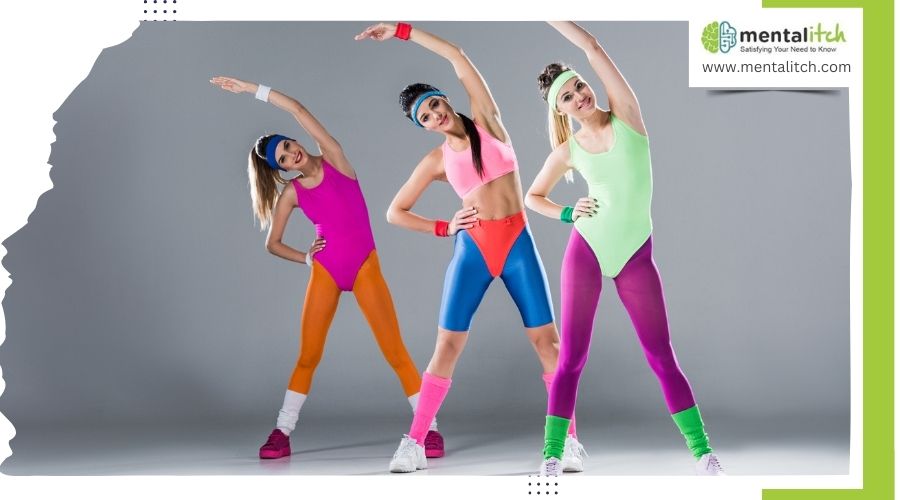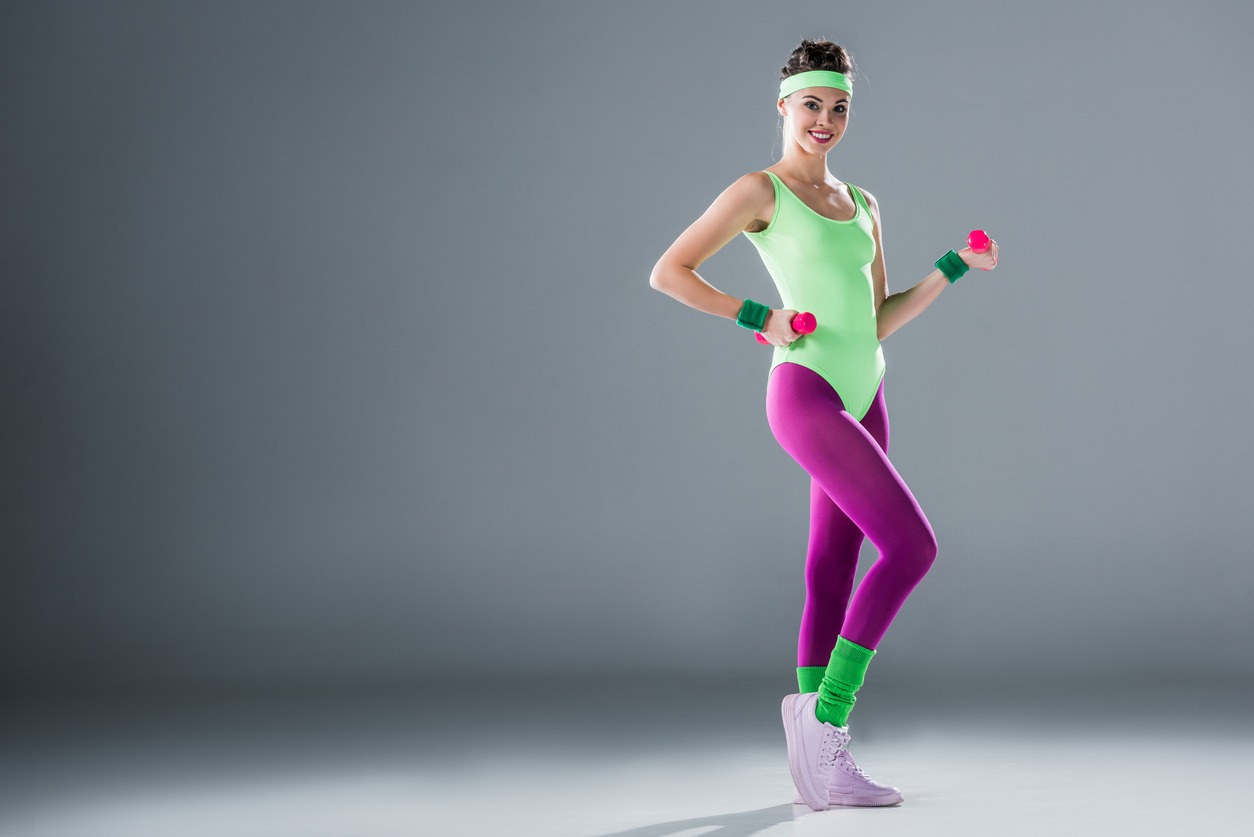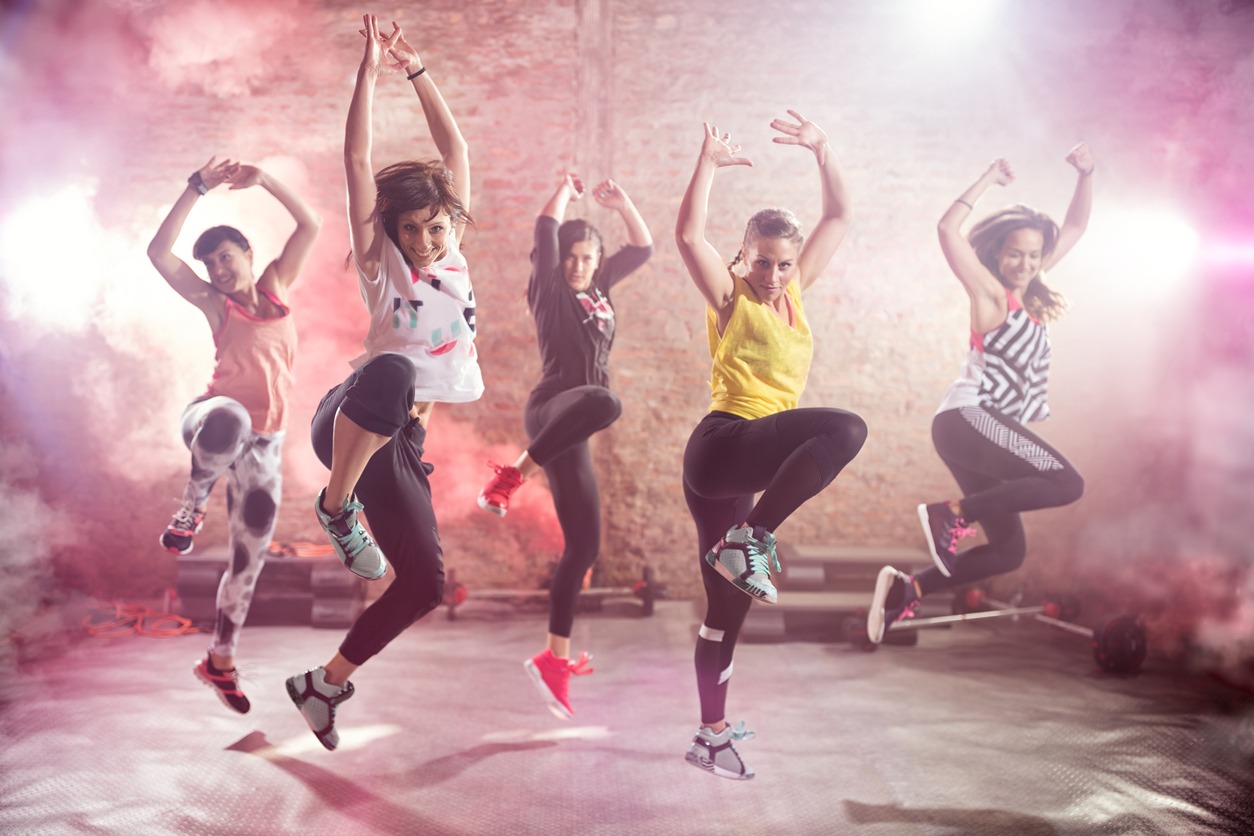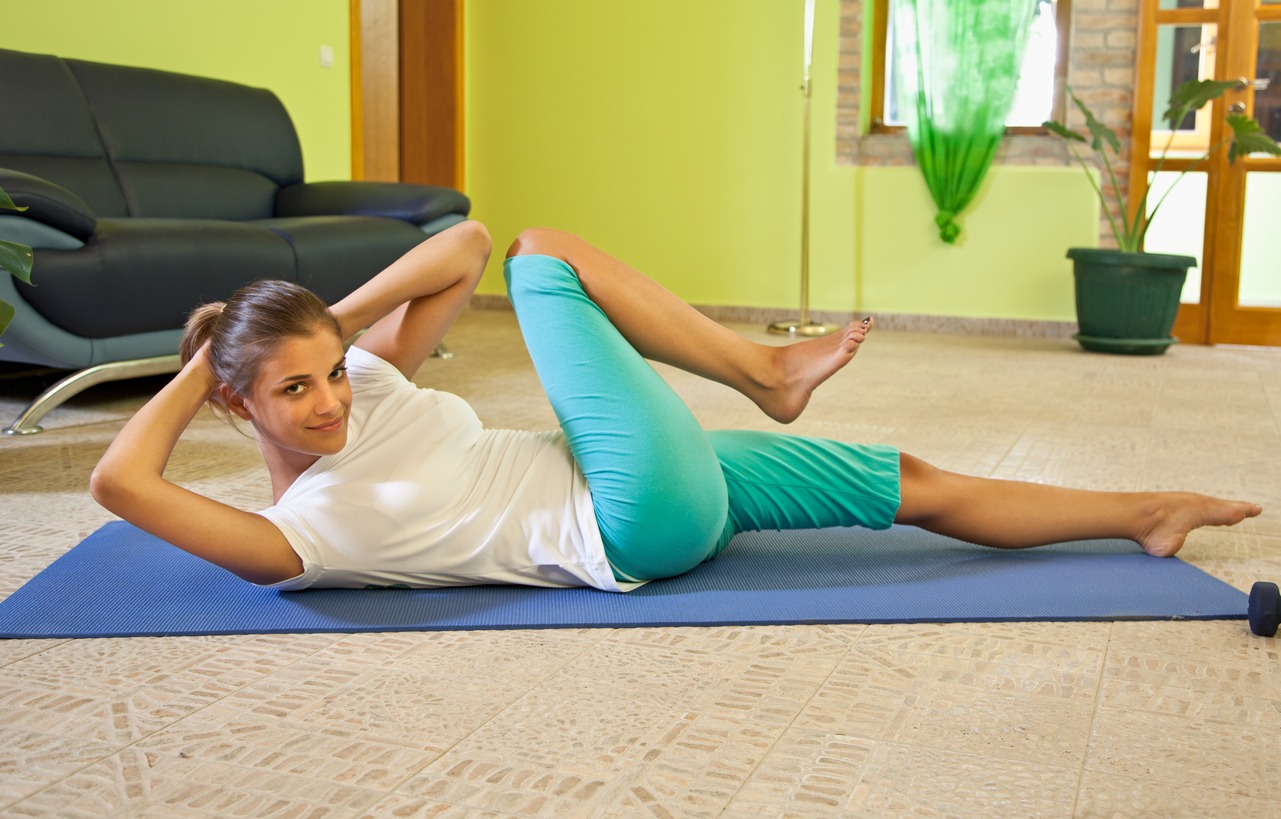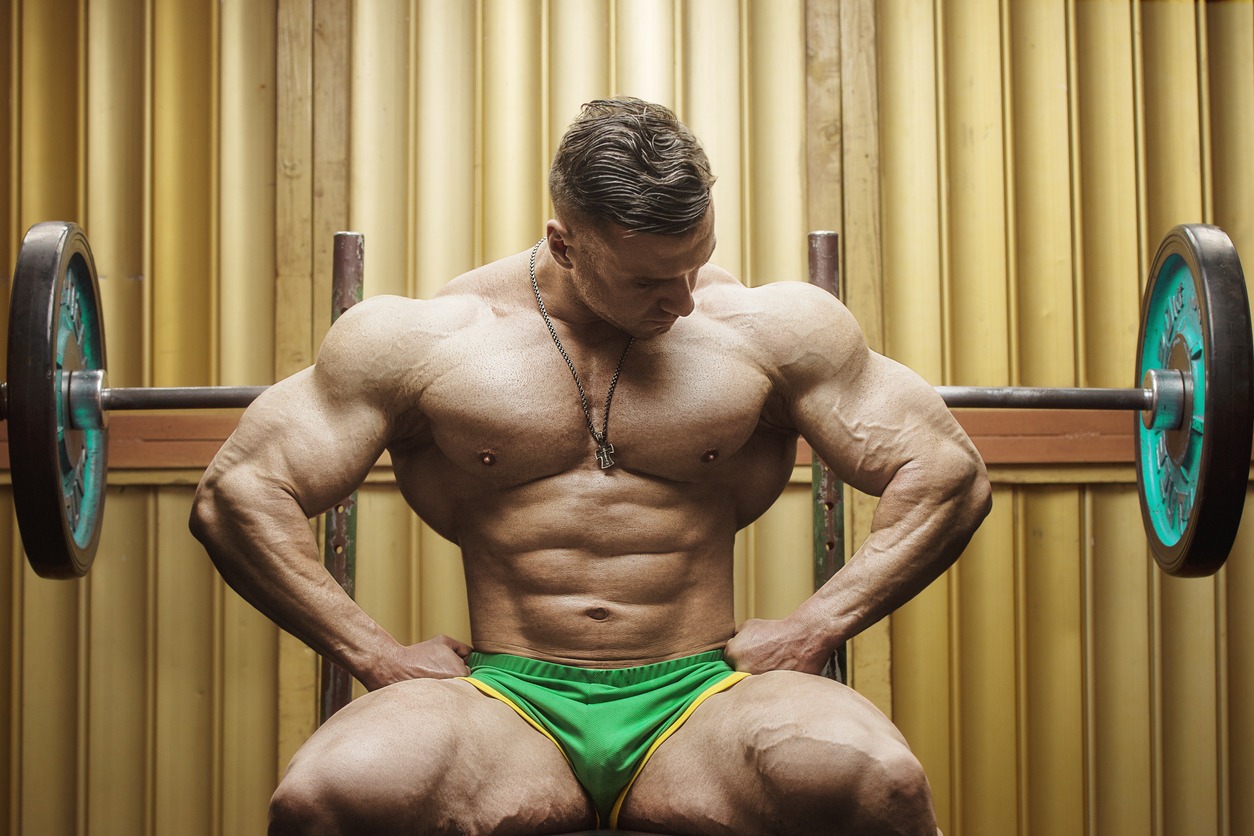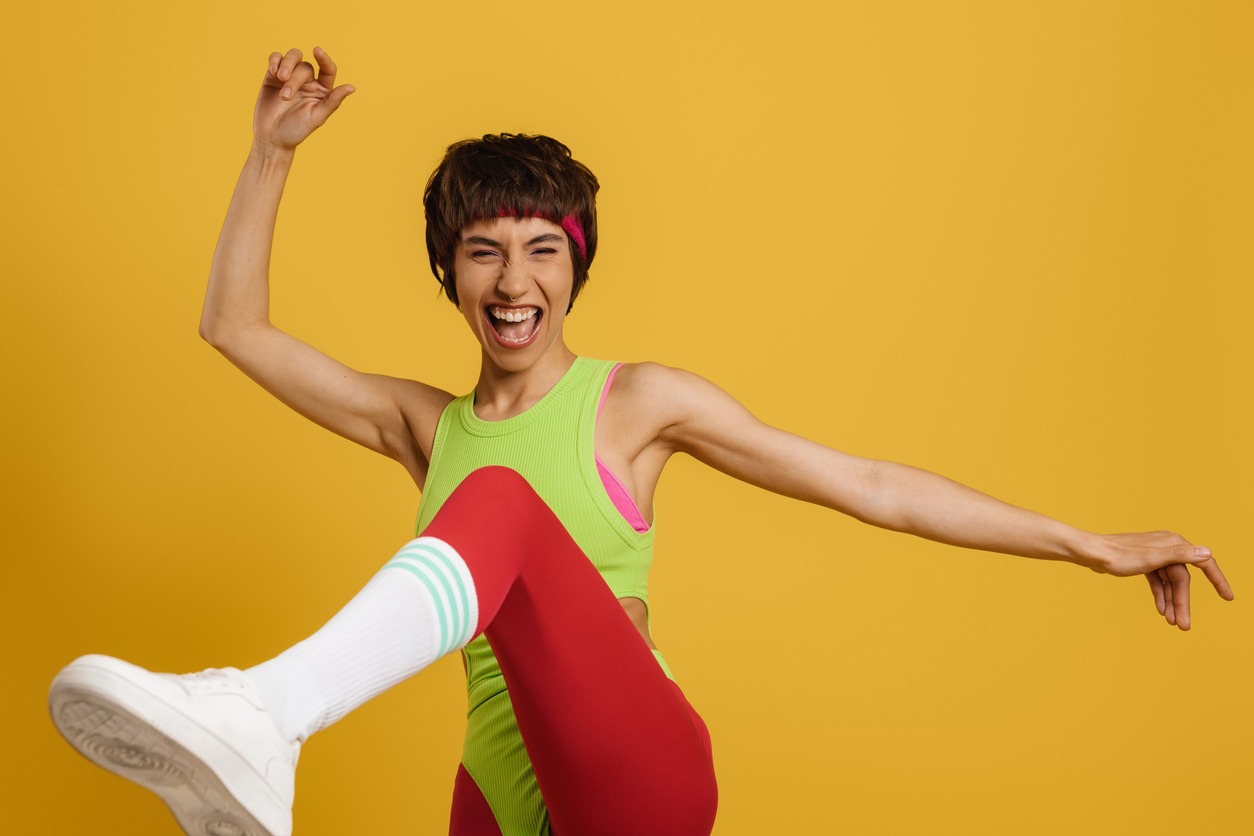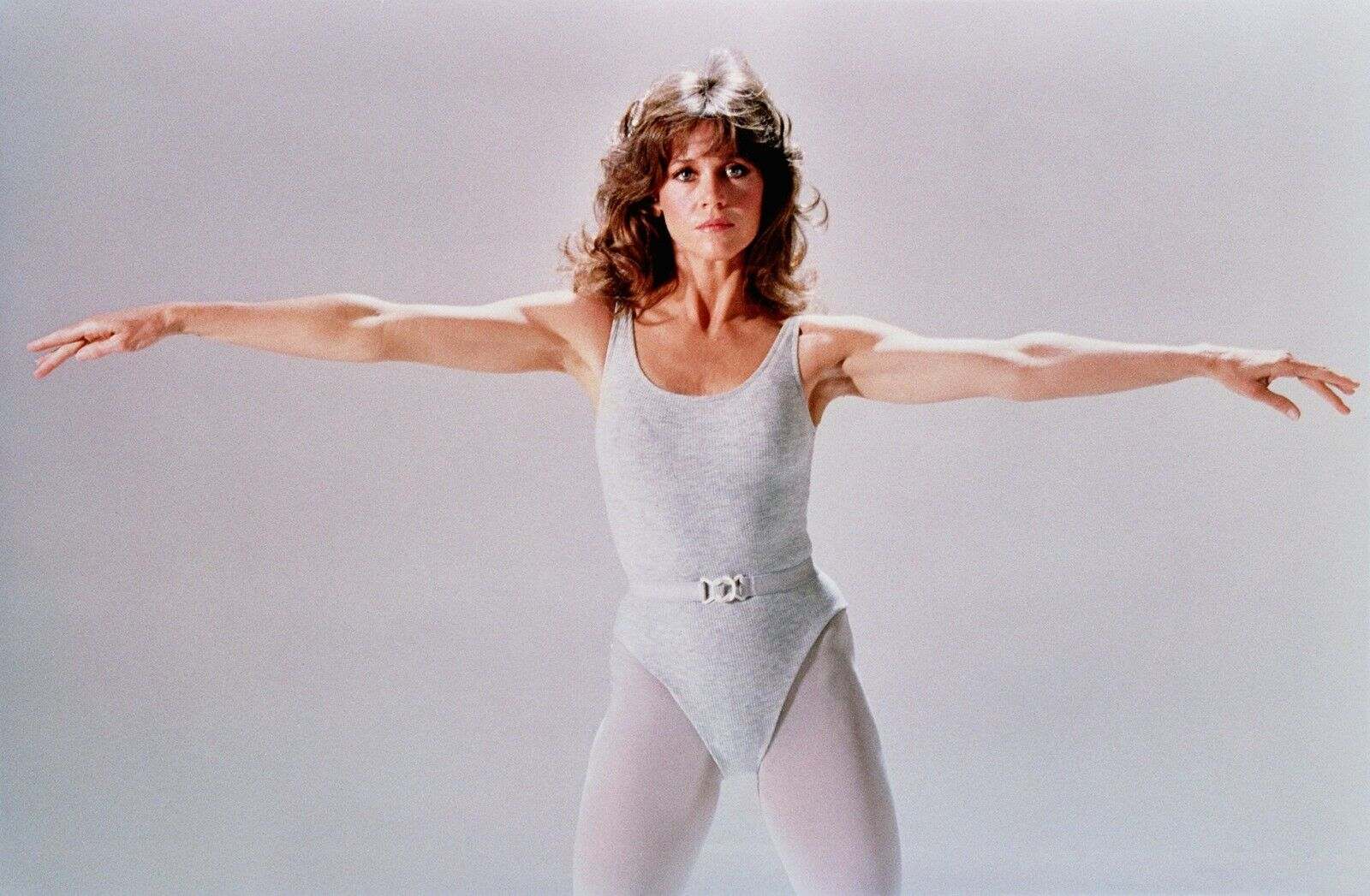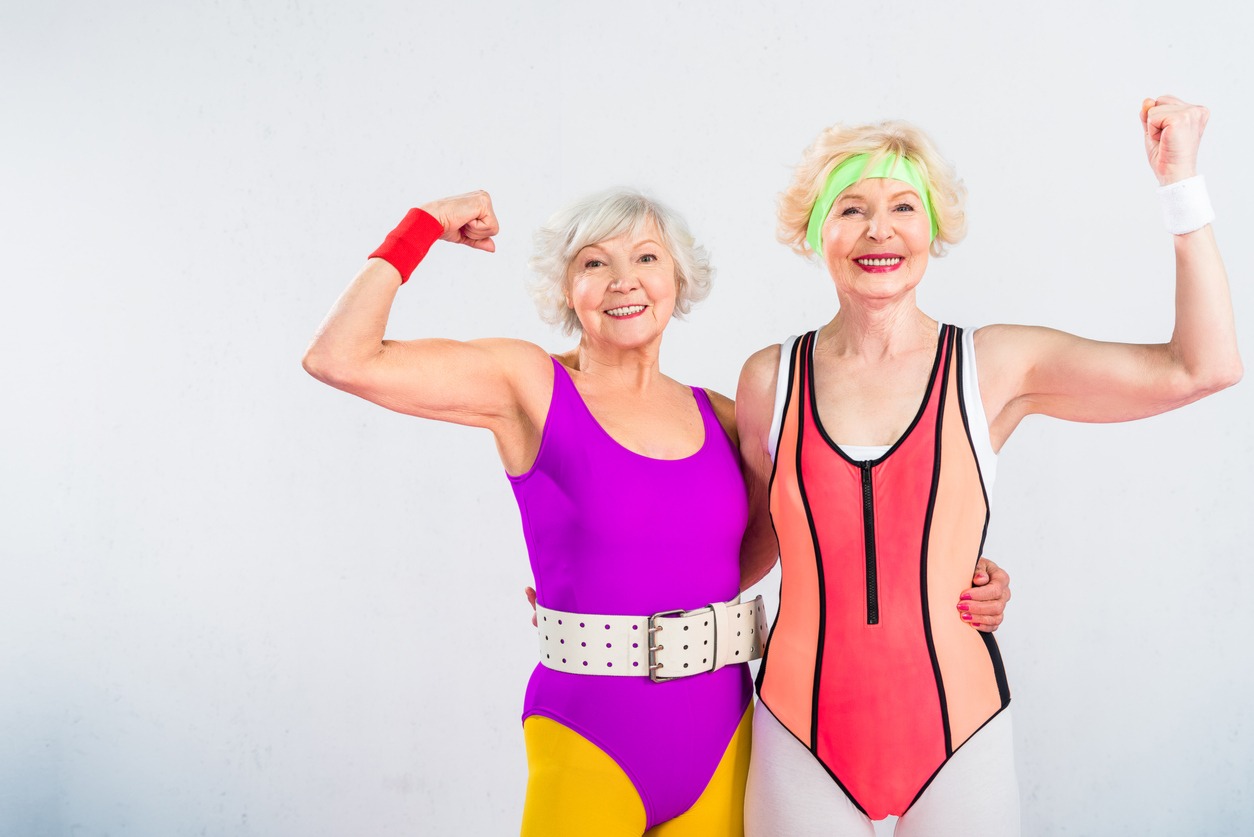The 1980s were a colorful and energetic time, not just in fashion and music but also in fitness and exercise. This decade brought us a fitness revolution that changed the way people thought about working out and staying healthy. From neon leotards and leg warmers to catchy music beats that made you want to move, the ’80s introduced fun and innovative ways to exercise.
It was an era when fitness became not just a routine but a lifestyle that many embraced with enthusiasm. In this article, we’ll take a walk down memory lane to explore the defining fitness and exercise trends of the 1980s that left a lasting impact on how we exercise today.
The Rise of Aerobics
The 1980s witnessed a fitness revolution unlike any before, with aerobics emerging as a frontrunner in the realm of exercise trends. This wasn’t just a passing fad; it was a movement that changed the landscape of fitness, making exercise accessible and enjoyable for the masses. Aerobics combined rhythmic aerobic exercise with stretching and strength training routines, all set to the beat of high-energy music.
The Birth of a Fitness Phenomenon
The concept of aerobics was popularized by Dr. Kenneth H. Cooper in the late 1960s, but it was the 1980s that saw its meteoric rise in public consciousness. The decade’s emphasis on health and physical appearance provided the perfect backdrop for aerobics to flourish. Fitness icons, most notably Jane Fonda, played a pivotal role in this surge. Fonda’s workout videos, which promised a fun, effective way to stay fit from the comfort of one’s living room, flew off the shelves, marking the beginning of the home workout craze.
Aerobics Goes Mainstream
Aerobics quickly moved beyond the home and into gyms and community centers, becoming a social activity that brought people together. Classes were filled with enthusiastic participants of all ages, dressed in the iconic ’80s workout gear of leg warmers, leotards, and headbands. The atmosphere in these classes was electric, with instructors leading groups through choreographed movements that made everyone feel like a dancer. This communal aspect of aerobics not only made exercise fun but also fostered a sense of community among participants.
Diversification of Aerobics
As aerobics continued to gain popularity, the discipline began to diversify. New variations like step aerobics, water aerobics, and dance-based fitness programs like Jazzercise offered people different ways to enjoy aerobic exercise, catering to a wider range of preferences and fitness levels. This diversification helped sustain the aerobics trend, ensuring that it remained a staple in the fitness industry.
The Legacy of Aerobics
The aerobics craze of the 1980s left an indelible mark on the fitness world. It made exercise accessible and appealing to a broad audience, breaking down barriers to physical fitness. The legacy of aerobics can be seen in today’s fitness classes, which continue to emphasize fun, community, and the importance of cardiovascular health. The rise of aerobics taught us that exercise could be enjoyable and a part of everyday life, a lesson that remains relevant in today’s health-conscious society.
Jazzercise and Dance-Based Workouts
During the vibrant era of the 1980s, alongside the aerobics phenomenon, Jazzercise and other dance-based workouts emerged, captivating the hearts and energy of fitness enthusiasts. These workouts blended the fun of dance with the rigor of exercise, creating an enjoyable yet effective way to stay in shape.
The Birth of Jazzercise
Jazzercise, founded by Judi Sheppard Missett in 1969, truly took off in the 1980s, becoming a global sensation. Missett, a professional jazz dancer, developed the program as a way to make exercise more enjoyable and accessible. Jazzercise combines jazz dance, resistance training, yoga, Pilates, and kickboxing moves, all set to contemporary music hits. The unique blend of dance and exercise attracted those who might have been intimidated by traditional gym settings, offering a fun and welcoming environment to get fit.
The Appeal of Dance-Based Workouts
Dance-based workouts like Jazzercise stood out for several reasons. First, they were fun. The combination of upbeat music and dance moves made participants forget they were exercising. Second, these workouts were social. Classes brought together people with a shared goal of fitness and fun, creating a supportive community. Third, they were accessible. No matter one’s fitness level or dance ability, instructors ensured everyone could follow along and get a good workout.
Diversification and Evolution
As the popularity of Jazzercise soared, the fitness industry saw a surge in dance-based workout variations, from hip-hop and Latin dance-inspired classes like Zumba, which would emerge years later, to ballet-based workouts like Barre, the concept of using dance as a form of exercise diversified. This evolution kept the genre fresh and allowed it to appeal to a broad audience with varied tastes and fitness goals.
The Home Workout Revolution
In the 1980s, a significant shift occurred in how people approached fitness, marking the dawn of the home workout revolution. This era introduced the concept of exercising in the comfort of one’s own home, thanks to the proliferation of workout videos and emerging home exercise equipment.
Introduction to Home Workouts
The home workout revolution was fueled by the advent of VHS tapes and, later, DVDs, which made it possible for fitness personalities to bring their exercise routines into living rooms around the world. Iconic figures such as Jane Fonda and Richard Simmons became household names, as their workout videos sold millions of copies. These videos offered a variety of workouts, from aerobics to strength training, making fitness accessible to everyone, regardless of their location or schedule.
The Role of Technology and Media
The role of technology and media cannot be overstated in the spread of the home workout revolution. For the first time, individuals had the option to exercise at their convenience, bypassing the need for a gym membership or the intimidation factor of group classes. The VCR became a gateway to fitness, allowing people to pause, rewind, and work out at their own pace, making exercise more adaptable to individual needs and lifestyles.
Evolution of Home Fitness Equipment
Parallel to the rise of workout videos, the 1980s also saw an evolution in home fitness equipment. Treadmills, stationary bikes, and, later, elliptical machines became more affordable and compact, and designed for home use. This equipment, along with specialized products like the ThighMaster, allowed people to target specific areas of their bodies for improvement, further customizing their fitness routines.
Lasting Impact on Fitness Culture
The home workout revolution of the 1980s laid the foundation for the fitness culture we see today. It democratized fitness, breaking down barriers to access and creating a new paradigm where anyone could pursue health and wellness on their own terms. This revolution also paved the way for modern fitness innovations, such as streaming workout classes and smart home gym equipment, which continue to make exercise more accessible and personalized.
Bodybuilding and the Fitness Boom
The 1980s not only popularized aerobics and home workouts but also witnessed a significant surge in bodybuilding, contributing to the decade’s overall fitness boom. This era marked a turning point in how society viewed muscle building and physical strength, transforming bodybuilding from a niche hobby into a mainstream pursuit. Below, we explore the factors that fueled the rise of bodybuilding and its role in the broader fitness explosion of the 1980s.
The Emergence of Bodybuilding Icons
The bodybuilding movement of the 1980s was propelled into the spotlight by charismatic figures such as Arnold Schwarzenegger and Lou Ferrigno. Their success in bodybuilding competitions, coupled with their appearances in movies and television, helped to popularize the sport. Schwarzenegger, in particular, became an emblem of the bodybuilding world, inspiring countless individuals to take up weight training. These icons not only showcased the aesthetic appeal of a muscular physique but also highlighted the health and fitness benefits of bodybuilding.
The Influence of Media and Pop Culture
Media and pop culture played crucial roles in bringing bodybuilding to the forefront of the fitness boom. Magazines like “Muscle & Fitness” and “Flex” became more popular, offering tips on training, nutrition, and muscle development, making bodybuilding knowledge more accessible to the general public. Additionally, movies such as “Pumping Iron” provided a glimpse into the world of competitive bodybuilding, captivating audiences and inspiring a new generation of enthusiasts.
Gyms and Fitness Centers
The growing interest in bodybuilding significantly impacted the evolution of gyms and fitness centers. These establishments began to equip themselves with a wider range of weightlifting gear, including free weights, barbells, and various machines designed for strength training. This period saw the expansion of gym chains and the emergence of gyms specifically tailored to bodybuilding, making it easier for individuals to engage in this form of fitness.
Health and Fitness Awareness
Bodybuilding contributed to a broader awareness of health and fitness during the 1980s. It emphasized the importance of nutrition, protein intake, and disciplined training regimes, aspects that were integrated into the wider fitness culture. This era underscored the idea that fitness was not solely about weight loss or cardiovascular health but also about building strength and muscle, leading to a more holistic approach to wellness.
Lasting Impact
The bodybuilding boom of the 1980s had a lasting impact on the fitness industry and society’s perceptions of physical fitness. It helped to establish strength training as a key component of a balanced fitness routine, a concept that remains integral to modern fitness philosophies. Bodybuilding also paved the way for the popularity of personal training and fitness coaching, professions that have become central to today’s fitness landscape.
Fitness Fashion and Apparel
The 1980s didn’t just revolutionize fitness practices; it also introduced distinctive trends in fitness fashion and apparel, creating iconic styles that are recognizable even today. This period in fitness history was as much about how you looked while working out as it was about the workout itself. Below, we delve into the vibrant world of 1980s fitness fashion, exploring the trends that defined the era and their lasting impact on fitness apparel.
The Rise of Colorful and Comfortable Attire
The 1980s fitness scene was marked by bright colors, bold patterns, and comfortable, flexible clothing that allowed for easy movement. Leg warmers, leotards, and headbands weren’t just practical; they were fashion statements. These items became synonymous with the decade’s fitness craze worn by aerobics instructors and class participants alike. The emphasis was on standing out and having fun with your workout attire, reflecting the overall exuberant spirit of the decade.
The Influence of Media and Pop Culture
Just as media and pop culture played significant roles in popularizing various fitness trends, they also had a hand in dictating fitness fashion. Workout videos, television shows, and movies showcased the era’s top fitness icons donning the latest in exercise wear, setting trends that spread rapidly. The visual aspect of these media made fitness apparel not just about functionality but also about expressing personal style and staying on-trend.
The Emergence of Specialized Fitness Brands
The fitness boom of the 1980s led to the emergence and growth of specialized fitness apparel brands. Companies recognized the growing demand for stylish, performance-oriented workout clothes and began to design products specifically for exercise, including moisture-wicking fabrics and aerodynamic fits. Brands like Nike, Adidas, and Reebok became household names, closely associated with the fitness movement and its accompanying fashion trends.
Cross-Over into Everyday Wear
One of the most lasting impacts of 1980s fitness fashion is the blurring of lines between workout wear and everyday clothing. Items like leggings, which were primarily seen as exercise apparel, became part of casual and even professional wardrobes. This shift marked the beginning of the athleisure trend, which continues to thrive today. The idea that fitness wear should be both functional and fashionable, comfortable enough for a workout but stylish enough for everyday life, has its roots in the 1980s.
Fitness Icons and Personalities of the 1980s
The 1980s fitness boom was propelled not just by the trends and technologies of the time but also by charismatic and influential personalities who became the faces of fitness. These icons inspired millions to embrace exercise and wellness, each contributing in their own unique way to the era’s fitness culture. Here are some of the most notable fitness icons and personalities from the 1980s:
- Jane Fonda: An actress turned fitness guru, Fonda revolutionized the home workout with her series of aerobics videos. Her workouts were accessible and appealing, making fitness a part of everyday life for many.
- Arnold Schwarzenegger: A bodybuilding legend whose success in the Mr. Olympia competition and charismatic presence in movies like “Pumping Iron” brought bodybuilding to mainstream attention.
- Richard Simmons: Known for his energetic personality and empathetic approach to fitness, Simmons became famous for his workout programs that focused on weight loss and motivated those often overlooked by the traditional fitness industry.
- Lou Ferrigno: A bodybuilder who gained fame as a Mr. Universe titleholder and for his role as the Hulk in the television series “The Incredible Hulk,” Ferrigno inspired many with his impressive physique and dedication to fitness.
- Judi Sheppard Missett: The founder of Jazzercise, Missett turned her love of jazz dance into a global fitness phenomenon, proving that exercise could be both fun and effective.
- Jack LaLanne: Often considered the “godfather of fitness,” LaLanne’s influence spanned decades, but he remained a prominent fitness advocate in the 1980s through his TV programs and emphasis on the importance of physical exercise and nutrition.
- Greg Smithey: The creator of “The Original Buns of Steel” workout, Smithey’s program became one of the best-selling fitness videos of the era, focusing on lower body exercises.
- Tamilee Webb: Known for her “Buns of Steel” and “Abs of Steel” workout videos, Webb’s programs emphasized targeted strength training and became staples in the home workout library.
- Tony Little: A personal trainer and businessman, Little became recognizable in the late ’80s for his enthusiastic infomercials and fitness products, promoting a message of health and positivity.
Impact on Health and Wellness
The fitness and exercise trends of the 1980s had a profound impact on society’s attitudes toward health and wellness, laying the groundwork for the health-conscious culture that continues to evolve today. This era marked a significant shift in how people perceived physical fitness, not just as an activity for athletes but as an essential component of a healthy lifestyle for everyone. Below, we explore the various ways in which the 1980s fitness boom has influenced health and wellness.
- Increased Awareness and Participation: The 1980s saw a dramatic increase in public awareness of the importance of physical fitness and exercise. Thanks to the widespread popularity of aerobics, bodybuilding, and home workout programs, more people began to recognize the benefits of regular physical activity, including improved cardiovascular health, strength, flexibility, and mental well-being. This era made fitness more accessible and appealing to a broad audience, encouraging widespread participation.
- Holistic Approach to Health: The fitness trends of the 1980s also contributed to a more holistic view of health, integrating physical exercise with nutrition and mental health. Fitness icons and programs of the time often emphasized the importance of a balanced diet and positive mindset alongside regular exercise, promoting an all-encompassing approach to wellness. This perspective helped to shift the focus from fitness as merely a means to lose weight to a vital element of overall health and longevity.
- Rise of Health and Fitness Industries: The booming interest in fitness led to the exponential growth of the health and fitness industries. Gyms and fitness centers proliferated, offering more specialized classes and equipment. The demand for fitness apparel and equipment skyrocketed, leading to innovations in both areas. Additionally, the health food industry saw significant growth, with an increased demand for nutritional supplements, health foods, and diet plans. This expansion has continued, with the fitness and health industries becoming major economic forces worldwide.
- Lasting Lifestyle Changes: Perhaps the most enduring impact of the 1980s fitness boom is the lasting lifestyle changes it inspired. The era’s emphasis on regular exercise and a healthy diet has persisted, with subsequent generations adopting these principles from an early age. Today, fitness and wellness are more integrated into daily life than ever before, with technology, social media, and modern healthcare continuing to promote the benefits of a healthy lifestyle.
- Challenges and Critiques: While the 1980s fitness boom had many positive effects, it also faced criticism for promoting unrealistic body standards and potentially contributing to issues around body image and eating disorders. The focus on aesthetics over health in some fitness circles led to a necessary reevaluation of what it means to be fit and healthy, prompting a shift towards more inclusive and diverse representations of fitness in later years.
Conclusion
The fitness and exercise trends of the 1980s played a pivotal role in shaping today’s health and wellness culture. From the rise of aerobics and home workouts to the popularity of bodybuilding and the emergence of fitness fashion, the 1980s introduced a new era of fitness that made exercise accessible and enjoyable for everyone. These trends not only changed how people approached physical fitness but also emphasized the importance of a healthy lifestyle.
